Ba Civic Museum
Ba Civic Museum was opened in 2014 and celebrates the township’s history. It also documents the diverse cultural history of the region which is the most populated of the 17 districts in Fiji.
Last updated on 07 Jun 2025
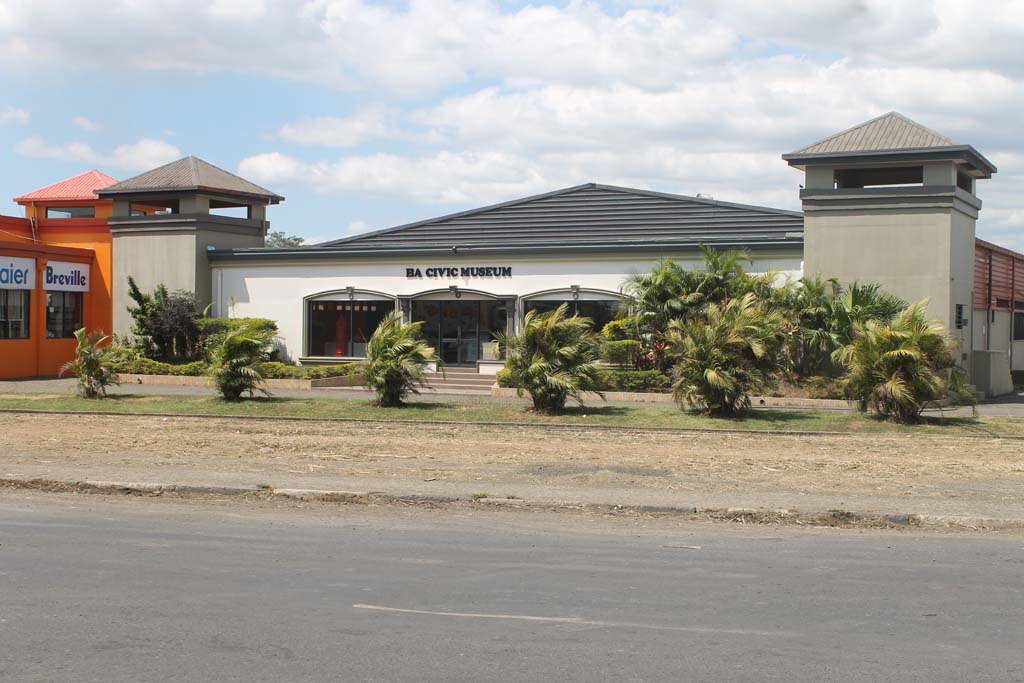
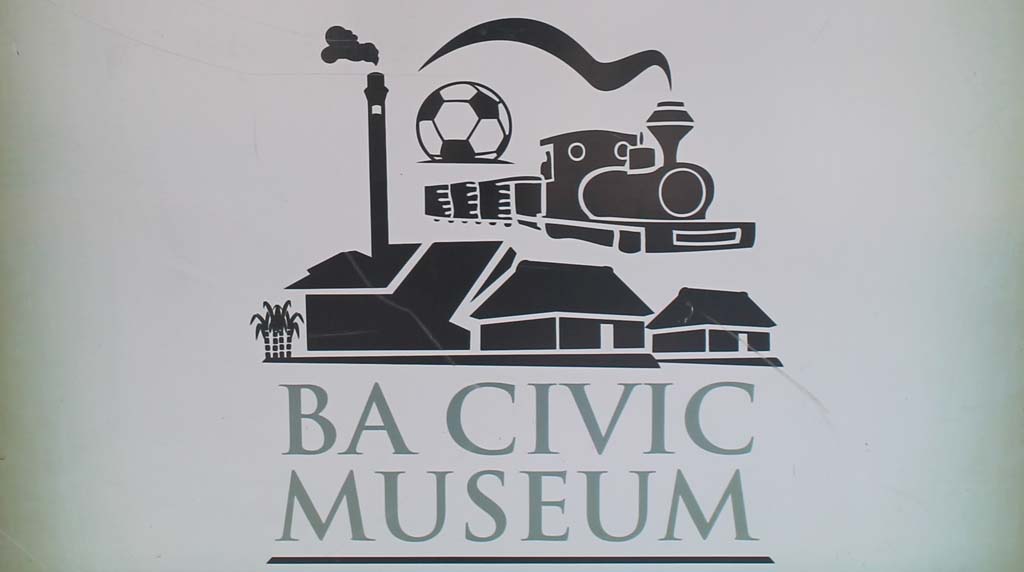
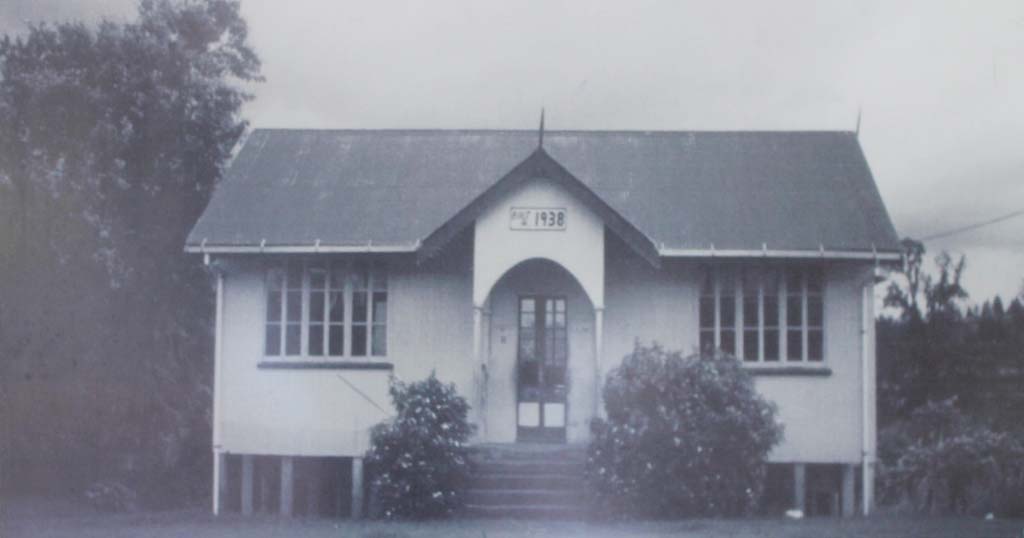
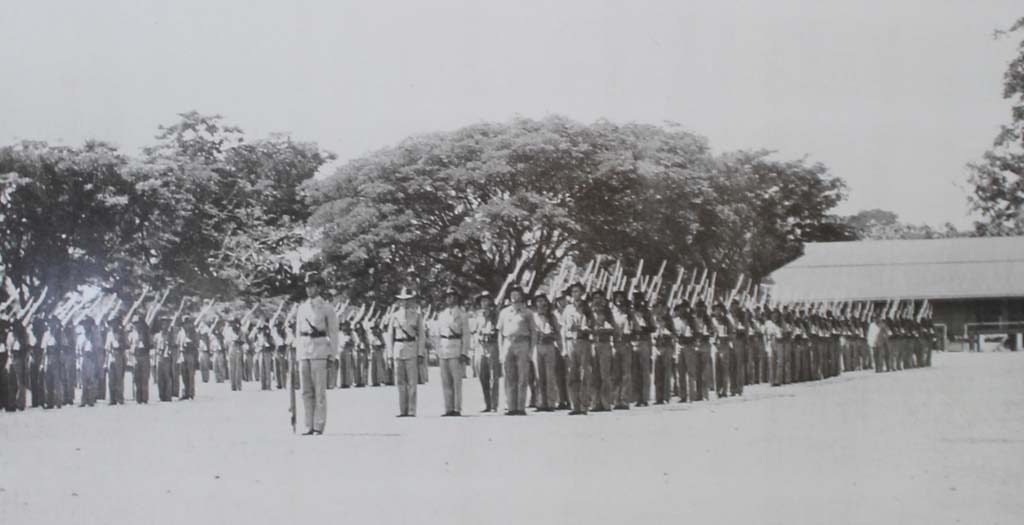
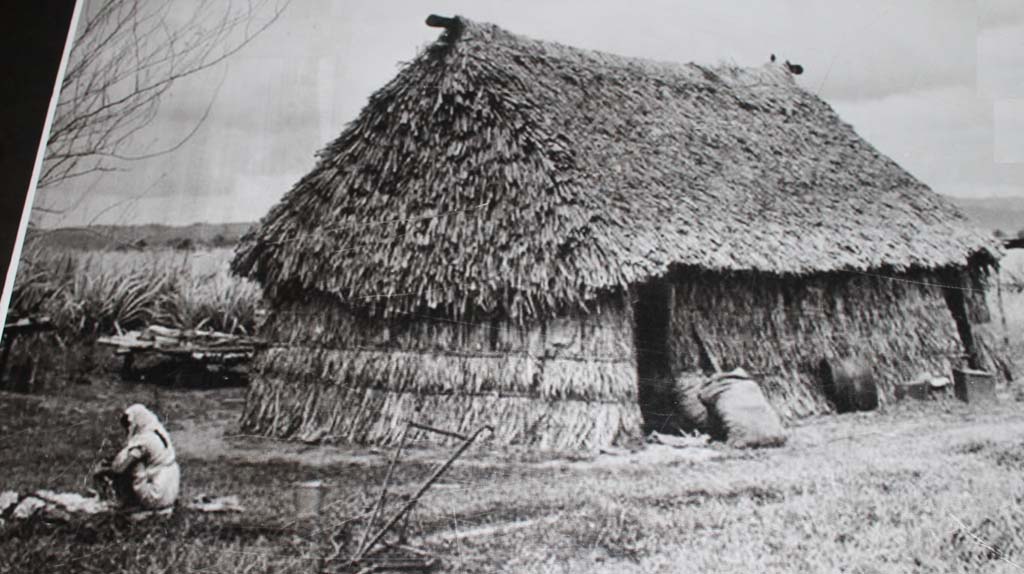
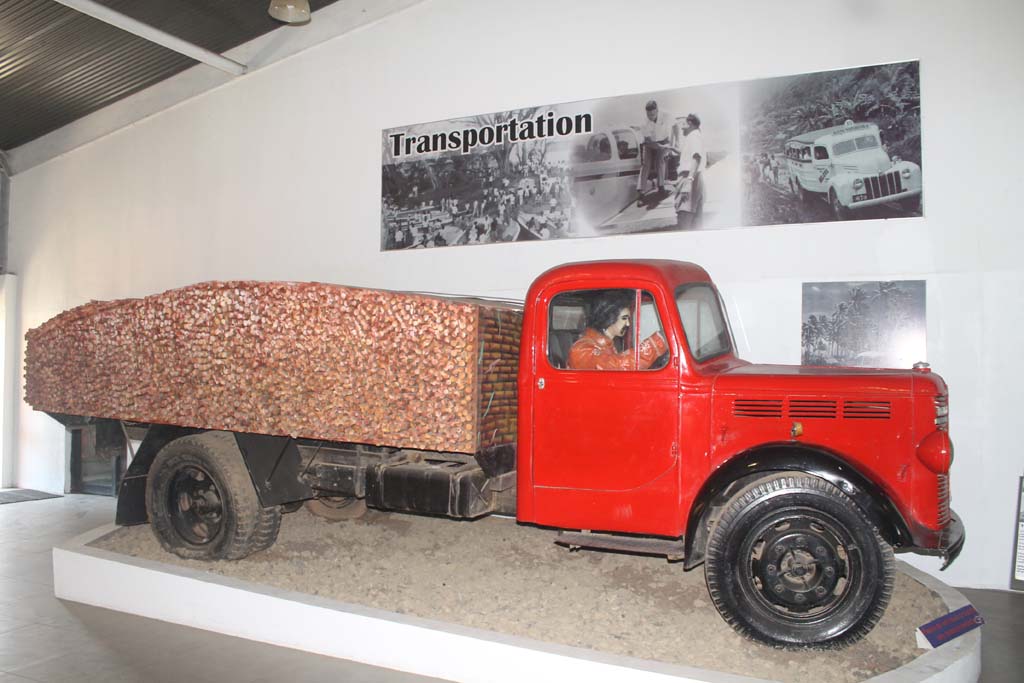
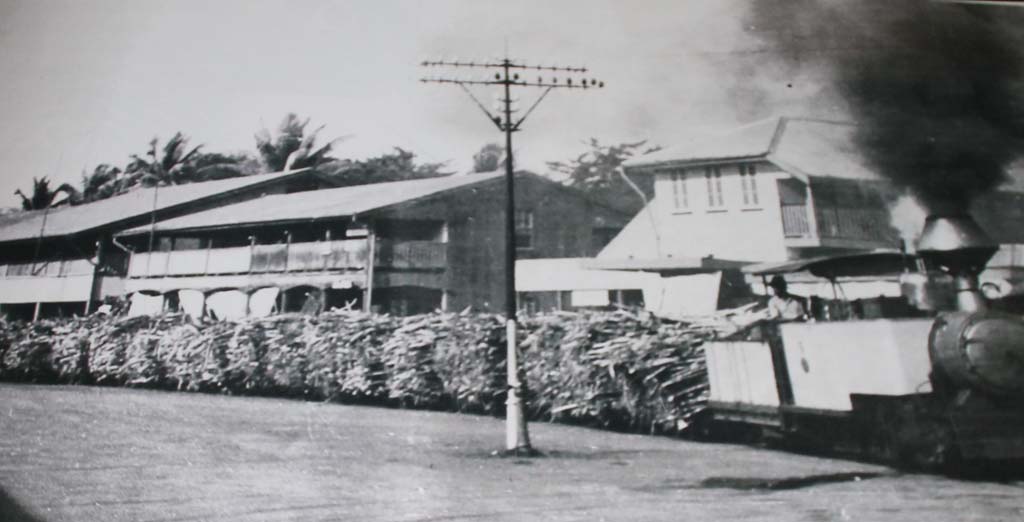
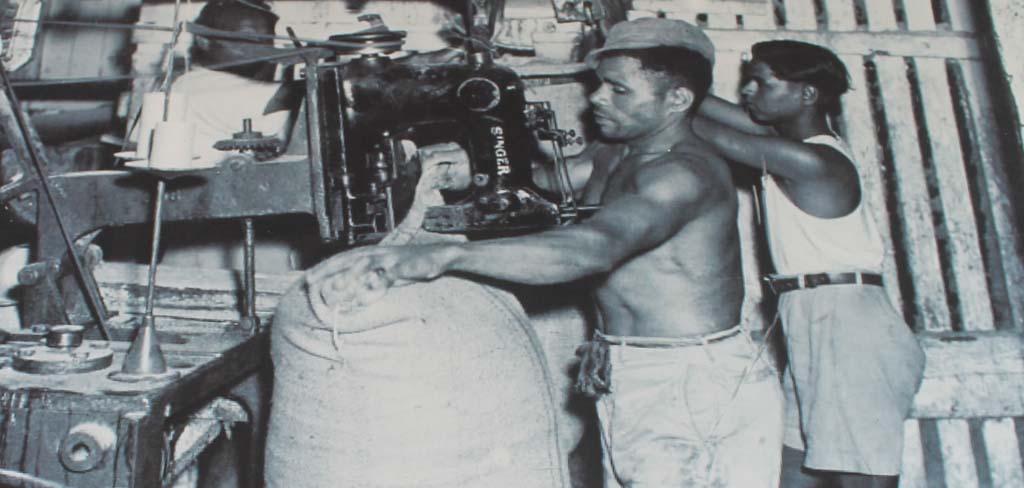
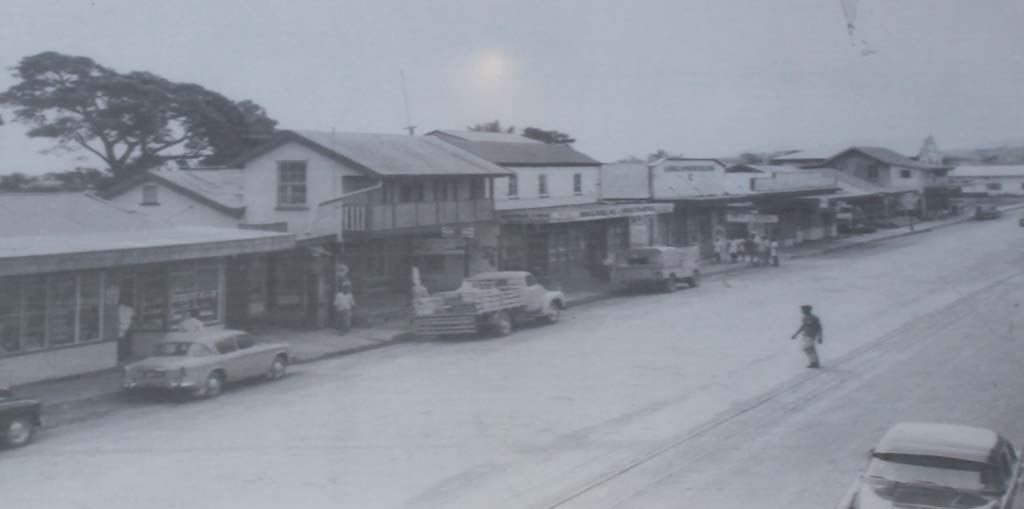
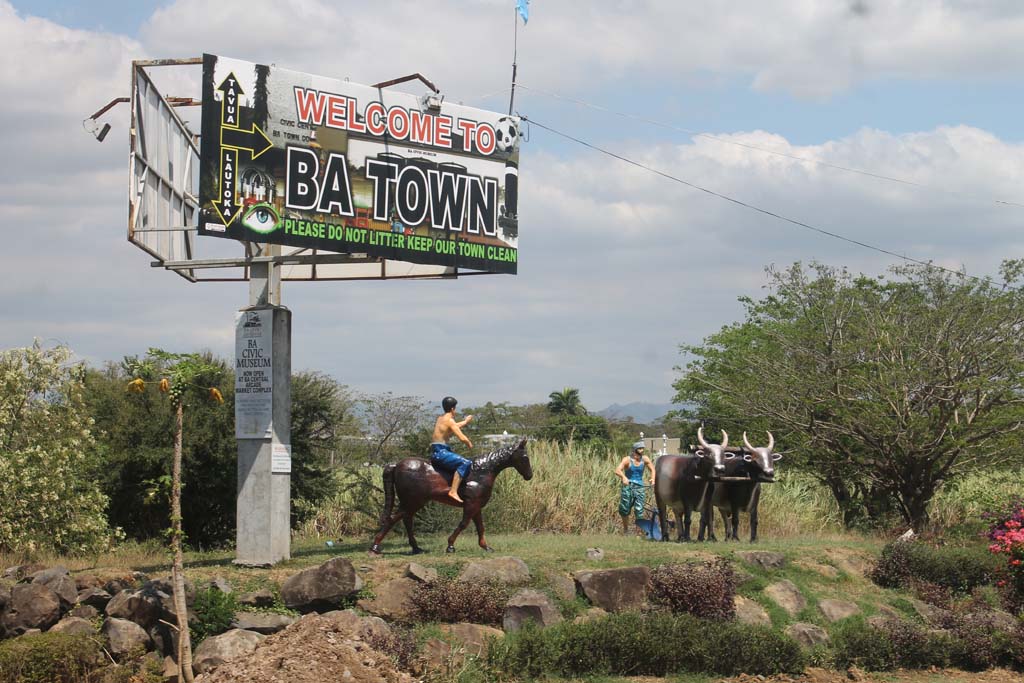
Timeline
c.3500 BP
The original inhabitants of Ba were descendants of the Lapita people who came from the west (probably Vanuatu and New Caledonia) approximately 3500 years ago. Archaeological evidence suggests one of the oldest known settlement sites is at Natanuku near Ba (1290 BC). “Ba” is derived from the Maori root word “Pa” meaning “fortress” or “fortification”. Forts were common in the mountainous Colo region and in the coastal tribes of Ba. Navala village in the Ba mountain ranges is regarded as a heritage site for maintaining the traditional bure design.
1789
British naval officer Captain William Bligh sighted the Western coast of Viti Levu after being cast adrift by his crew during the infamous Mutiny on the Bounty.
1864
The Kennedy family from New Zealand was one the earliest recorded European settlers in Ba district. Over a twenty year period many Europeans settled in Ba to build plantations in the fertile river valley and raise livestock.
1865
Over a ten year period, Bauan chief Cakobau formed a series of governments seeking to maintain control of Fiji. With the support of some European planters and Methodist missionaries, Cakobau made efforts to Christianise and colonise the Ba region.
1873
The murder of the Burns family on their farm in February led to a punitive expedition on the hill tribes of Karawa, Nubutautau and Naicule lasting five months.
1874
Cakobau’s government collapsed and Fiji was ceded to Britain. This was done with the consent of some but not all of Fiji’s leading chiefs. Tensions in Ba persisted until after the Colo War of 1876 when British forces defeated indigenous resistance in the interior of Viti Levu.
1879
Indentured migration from India began in 1879. These people were called “Girmitiya” and were brought to Fiji by British colonial officials to work on sugar plantations. Many worked and settled in the sugar plantations of the Ba region. By the time emigration ended in 1916, 60965 Indian indentured men, women and children had been transported to Fiji. The Ba Civic Museum records their way of life working in difficult conditions in the “lines”, and the subsequent legacy of their contribution to Ba.
1884
Construction of the railway began to serve the sugar industry. Ba was the only town in Fiji through which railway lines ran.
1886
Under British colonial rule, European settlement flourished. The Australian Colonial Sugar Refinery built the Rarawai Mill and opened it on 12 July 1886, and a Colonial Administration for the region was established in Ba. Administratively, Ba referred to the town, district and province.
1902
A new bridge was completed in June to allow trains to pull cane trucks across the river. The trains also became a way for people in the region to travel for free. Itaukei called it sitima ni vanua.
1916
The Indian indenture system in Fiji ends. Though the scheme was initially conceived as a temporary one by the British, many Indians chose to stay in Fiji after their indenture expired. The growth of a new Fiji-born Indian population gradually constituted an ‘Indo-Fijian’ community
1931
Ba was flooded on 21 February. The flood waters rose over 40 feet high and killed 111 people. It influenced the relocation of the town towards its present location away from the Ba river.
1937
A memorial was built to mark the 1932 flood. The apex of the obelisk in the monument marked the height of the flood waters.
1939
Ba Township was proclaimed on 11 April. The first Township Board consisted of the District Commissioner Ba (J.E. Windrum), the District Medical Officer Ba, the District Engineer Lautoka as official members. Unofficial members included G.H Allen (Manager CSR Rarawai), C.H. Carne (Manager Morris Hedstrom), and A.L. Patel (local businessman).
1946
Ba Sport stadium is opened on 17 July.
1960s
The railway tracks through the middle of town were removed in the early 1960s.
1968
Desmond Singh was the first locally elected Chairman of the Ba Township Board.
1993
Cyclone Kina washed away the Ba Bridge. A temporary wooden walkway had to be built across the river.
1996
The new double lane Ba Bridge was opened.
1972
Local government elections were held after independence in 1970 and Kishor Govind was the first locally elected Mayor of Ba.
2013
Ba Civic Museum was constructed by Ba Town Council near the market grounds after fundraising during the Ba Riverside Carnival. The museum showcases the rich history of the province, through various exhibits including the history of the Ba township development, the sugarcane industry, sporting achievements and traditional village systems.
2014
The museum was officially opened on 11 April. It coincided with celebrations of Ba town’s 75th anniversary.
2015
The museum exhibits were renovated after flood damage.
2016
Further upgrades were made following damage caused by flooding and Cyclone Winston.
2018
Further upgrades were made following damage caused by flooding and Cyclone Gita. There is discussion about the possibility of relocating the museum away from its present flood-prone location.
References
Lal, B.V. 1992. Broken Waves: A History of the Fiji Islands in the Twentieth Century, Honolulu, University of Hawaii Press.
Nicole, R. 2011. Disturbing History: Resistance in Early Colonial Fiji, Honolulu, University of Hawaii Press.
Nunn, P. 1996. “How Fijians came to Fiji, and what they did when they arrived”, Domodomo, vol.10, no.2: 5-15.